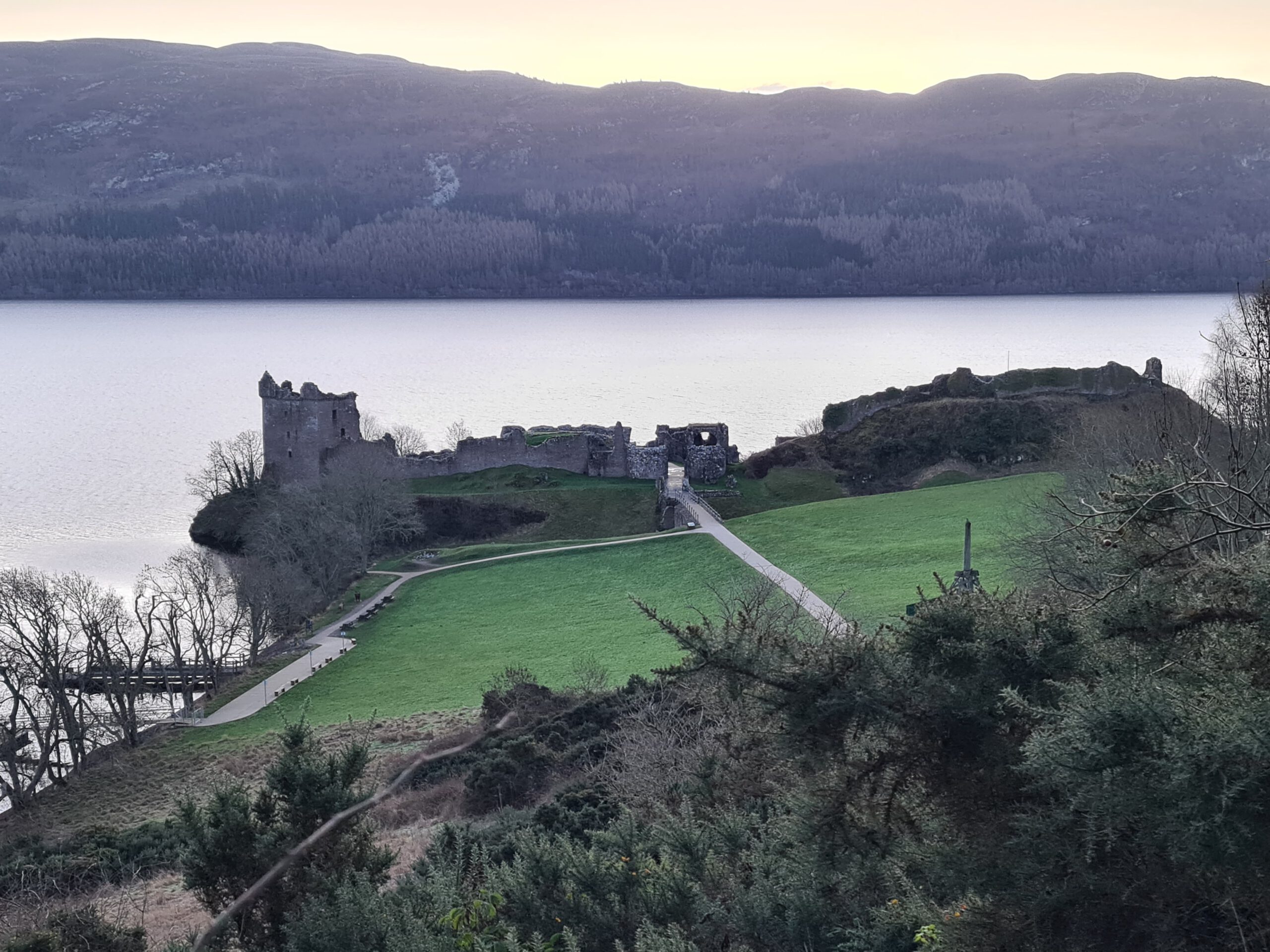Location: near Drumnadrochit, Loch Ness, Highlands of Scotland
kind of castle: curtain wall castle including a tower house
today: open to the public
public transport: regular buses from Edinburgh, most CityLink connections between Inverness and Fort William stopping there as well
scheduled monument: yes
managed by: Historic Environment Scotland
entrance fee (subject to change): £ 12
opening times (subject to change): Nov – Mar: 9.30am to 4.30pm (longer during the summer months)
directions: Urquhart Castle – Google Maps
Urquhart Castle might be counted as one of Scotland’s most iconic castles, set on the shores of Loch Ness many a Nessie searcher has stopped at the castle to hear its stories. With an ancient pictish stronghold believed to have been located at the site of todays castle ruins there is much left to wonder when thinking about this special place.
The mentioned pictish site might have been there which some records from St Columba are thought to be proof of with them dating around AD 580 when he went towards Inverness to convert the pictish king Bridei. According to the records he stopped off at a place referred to as Airdchartdan where he baptised the dying noble man Emchath and his entire household.
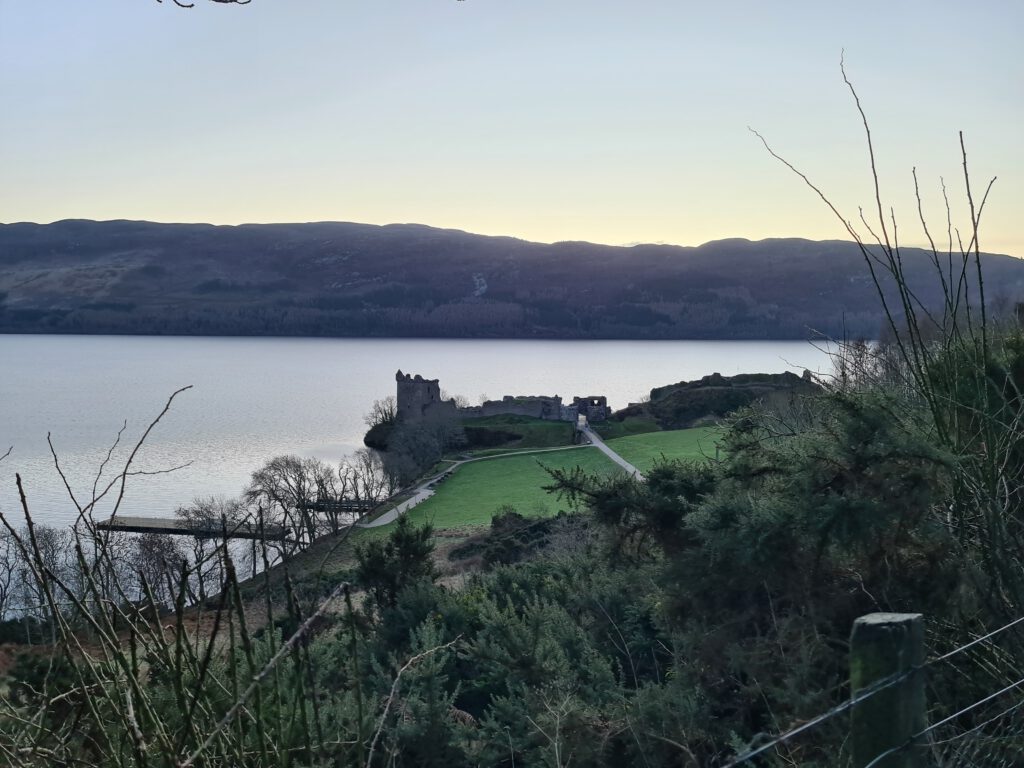
Excavations were undertaken to support this theory and they found that it’s most likely true, supporting the excavations were findings from radiocarbon dating and so even the story about St Columba working his miracles along the shores of Loch Ness while encountering something thought to have been some sort of Kelpie or monster might be true or at least possible.
With no clear evidence as of when exactly the castle was built it is certain that it must have been during the 13th century most likely the mid-13th century in the time Urquhart belonged to Alan Durward. Alan’s castle at the time was centred on the motte at the south-west, away from what nowadays seems to a visitor as the main part of the castle. It lies next to the later created Upper Bailey of the castle complex. After Alan’s death in 1275, Urquhart was granted to the Lord of Badenoch, John II Comyn.
It was during the time of the Comyns that the large main courtyard was added most likely during the 13th or 14th century. But still there was no written documentation of a castle at the site. That changed in 1296 when the ‘Hammer of the Scots’, Edward I of England, captured the castle during his invasion of Scotland, which marked the beginning of the Wars of Scottish Independence.
By 1298 the castle was back in Scottish hands, at least for about three years, passing back into English hands in 1303, violently of course.
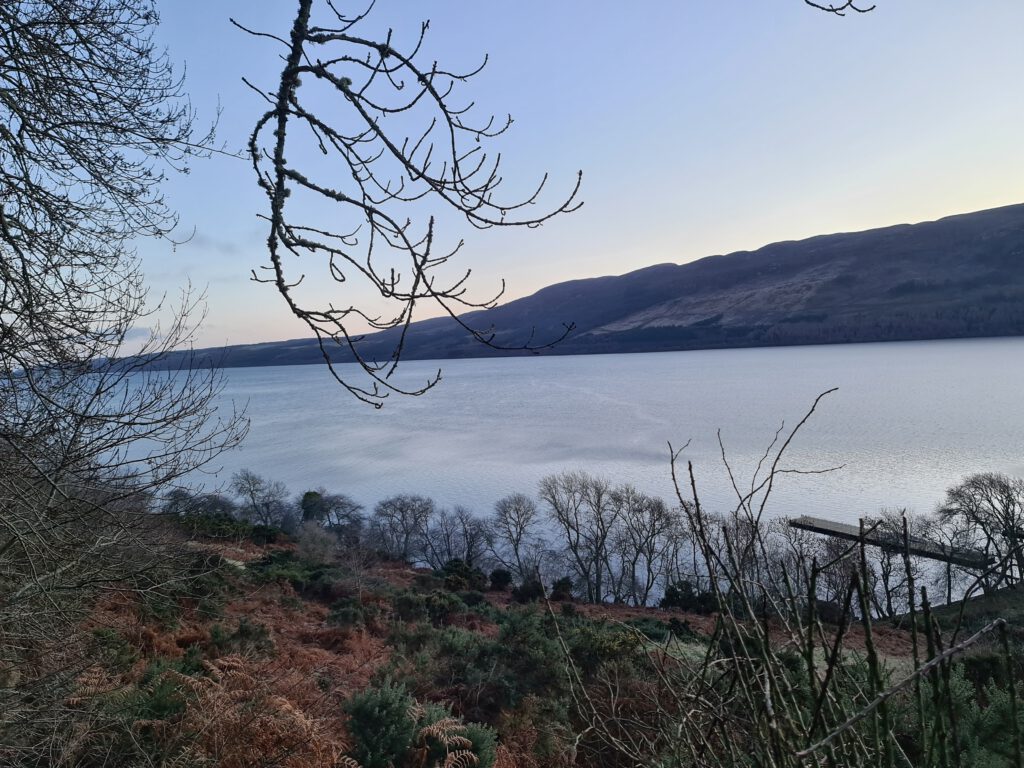
After his coronation as King of Scots, in 1306, Robert the Bruce completed his defeat of the Comyns by a march through the Great Glen, in 1307, taking back the castles of Inverlochy, Urquhart and Inverness along the way. Urquhart Castle had now not only been mentioned in records but was also a royal castle.
But the peace turned again, with the death of Robert the Bruce and another English invasion at hand. However, the constable of Urquhart Castle at the time Sir Robert Lauder of Quarrelwood didn’t think about giving the English the castle and so it remained one of five castles in Scotland, which were held by Scots, alongside Dumbarton, Lochleven, Kildrummy and Loch Doon Castle. And then it happened, in 1342 Urquhart Castle lodged the king of that time David II while he spent the summer hunting, David was the only king to have ever stayed at the castle (I guess Robert the Bruce just recaptured it and moved on towards Inverness).
The following years until its end were hard on Urquhart Castle with the Lords of the Isles repeatedly not only raiding Glen Urquhart but also the castle, to expand their territory even further into the north-east. The MacDonalds were relentless when it came to gaining more power and for two hundred years there wasn’t a sign of peace.
Around 1395 it was seized by Domhnall of Islay and kept for 15 years before it turned back into the hands of the crown. A try, by Domhnall’s son, to recapture the castle failed not so with his grandson John, when John succeeded his father, he led a raid seizing Urquhart castle and by 1452 the crown had lost it again.

This might have been the biggest success so far since he managed to obtain a grant of the lands and castle of Urquhart for life. But he was unlucky in choosing sides so when he made an agreement with Edward IV of England in 1462, which definitely went against James III King of Scotland, so he lost his titles and Urquhart as soon as James learned of his treachery in 1476. The Earl of Huntly became the new keeper of Urquhart Castle and the surrounding lands.
It wasn’t until 1545 that those raids by the Lords of the Isles finally ended, with one of the worst raids. The MacDonalds got away with hoards including 3 great boats and 20 guns, not bad for the last raid.
The 1500s at Urquhart Castle involved the Clan Grant, which had been given the grounds of Urquhart Castle and a great deal more under the condition that the Clan wouldn’t just keep order but would also repair and rebuild the hard done by castle. The ownership stayed in the hands of the Grants for a couple of years until 1512.
By 1513, after the fatal battle of Flodden, Sir Donald MacDonald of Lochalsh claimed the Lordship of the Isles and occupied Urquhart Castle. It took Grant four years to regain the castle in the meantime he made significant loss in cattle and sheep as well as provisions.
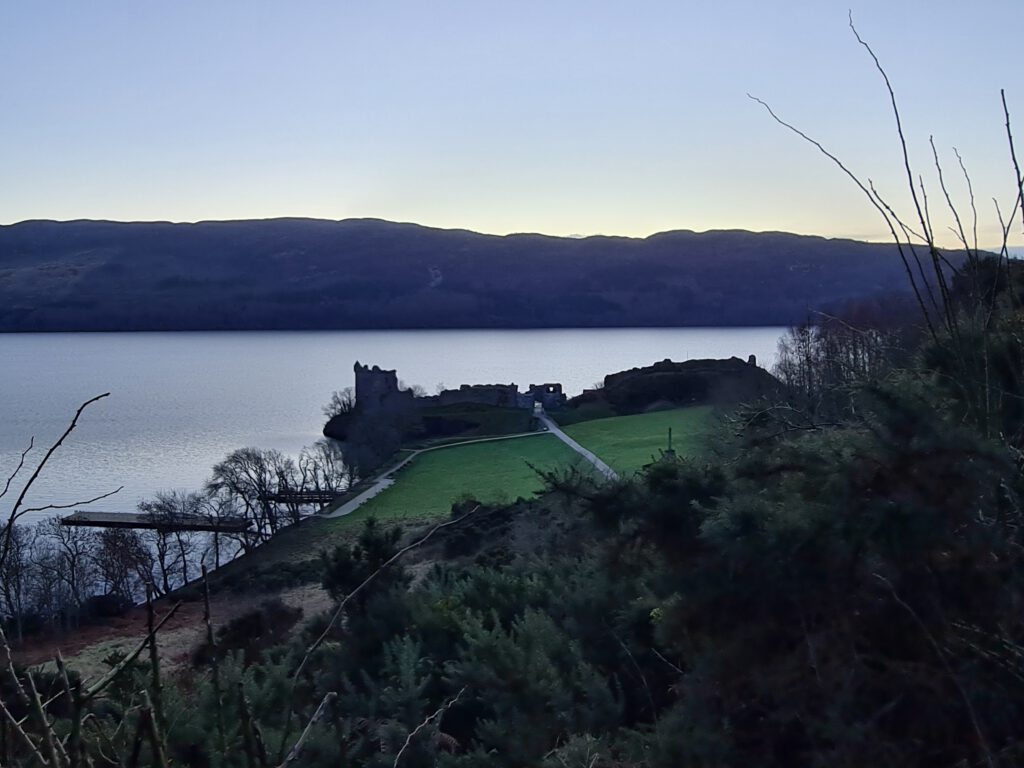
As were the times there was always some clan feuding going on and by 1545 the Grants had chosen wrong sides and were on the losing end against the MacDonalds and the Camerons, with the later two taking Urquhart Castle, raiding 2,000 cattle and hundreds of other animals as well as the castles furniture, cannon and the gates. But at least this time there was some sort of compensation after regaining the castle, Grant did get Cameron lands as recompense.
It took the Grants some years, but they had only gotten the castle with a job to fulfil and that they did. They continued to rebuild a lot of the castle and extended it in places, for example with the big Grant Tower, a five-storey tower house. They went on remodelling and repairing after every single raid, and it took them until about 1623 to finish.
The Covenanters became quite popular all over Scotland and it was no wonder that in 1644 Urquhart Castle got affected by them as well, robbing it. And later on another famous name came up to the Great Glen, Oliver Cromwell, he simply disregarded the empty castle and build forts on each end of the Great Glen, it was simpler that way.
1688, the time of the Jacobite risings came, the Catholic King James VII and II was driven into exile and a foreigner sat on the British throne, William of Orange. This meant for Urquhart Castle to be garrisoned with 200 of Williams own soldiers, badly weaponised but well-provisioned. They withstood 500 Jacobites by simply staying inside the save castle walls, that happened in 1690, during the first Jacobite Rising.
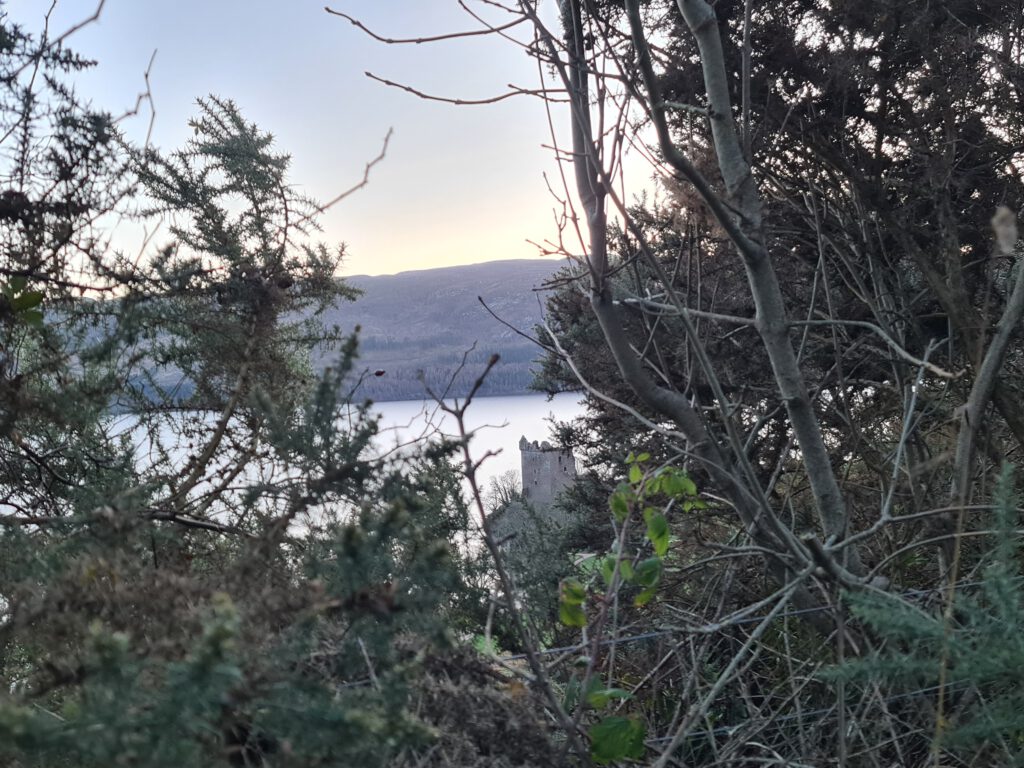
Leaving the castle nearly two years later the garrison didn’t just leave it, they blew up the gatehouse and by that sealed the castles fate, it wouldn’t be inhabited anymore and most certainly not being used as a occupied by the Jacobites. You can still see remains of the destruction in form of collapsed masonry beside the gatehouse remains. Compensation was paid to Grant but there were no repairs undertaken (I guess after years of raids and rebuilding they had enough and thought of better things to do with the money).
Like so many other places left to decay the locals took it upon themselves to at least use the stonework and other materials for the benefit of supporting themselves with building. When after a severe storm the Grant tower partially collapsed in 1715 the fate of the ruin was sealed for good.
In more recent years the castle passed into the care of the state and soon was cared for by Historic Environment Scotland who did a tremendous job building a visitor centre and keeping the castle intact so that visitors to this day can wander through the ruins of a once mighty stronghold which saw a lot of blood and battle between the 1200s and 1692.
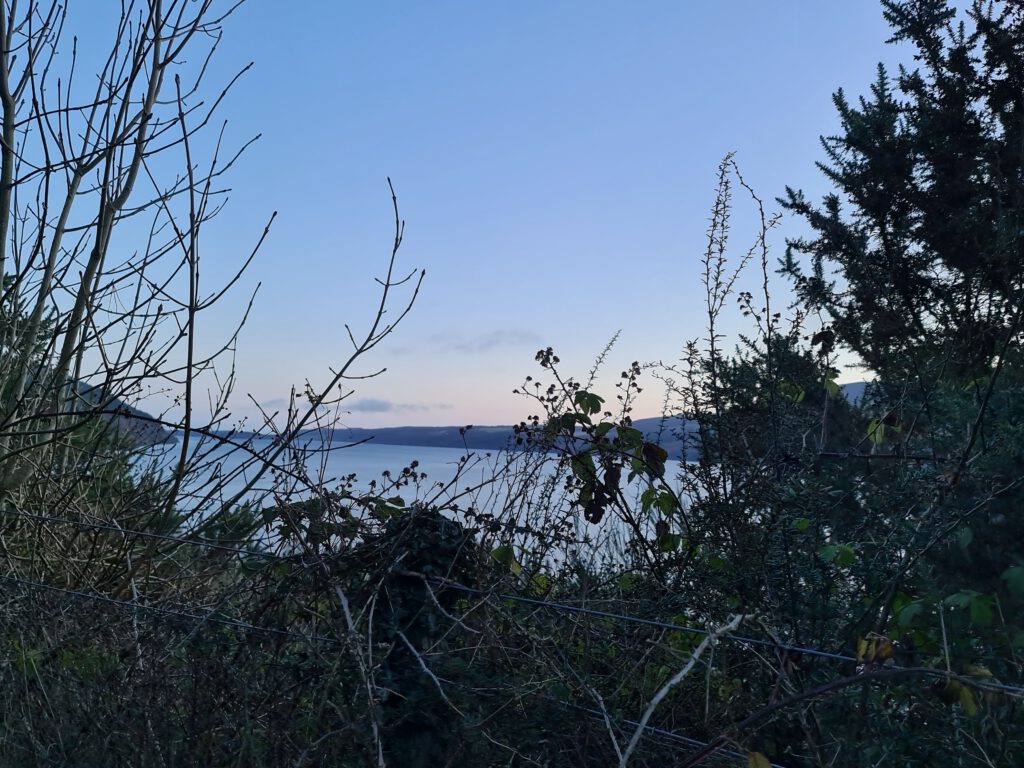
In 2018 the castle ranked the third most visited site, after the way more prominent castles of Edinburgh and Stirling, something that is not easily achieved and for sure also due to the work done to keep it open all year round and not only provide interesting opportunities for history enthusiasts, castle hunters or Scotland fans but also for Nessie watchers. The one thing you should definitely bring when watching is time to truly enjoy and experience everything Urquhart Castle has to offer.
In fact there is the believe that one of the underwater caves in Urquhart bay might be the home of the Loch Ness monster, although till today there was no such evidence found but as a true Scotland enthusiast with all the myths and legends I have to say there is definitely something unknown in the depth of Loch Ness and maybe one day when you visit Urquhart Castle you won’t just be swept of your feet by the romantic ruins and the visitor centre but a sighting of one of Scotland’s greatest mysteries.
